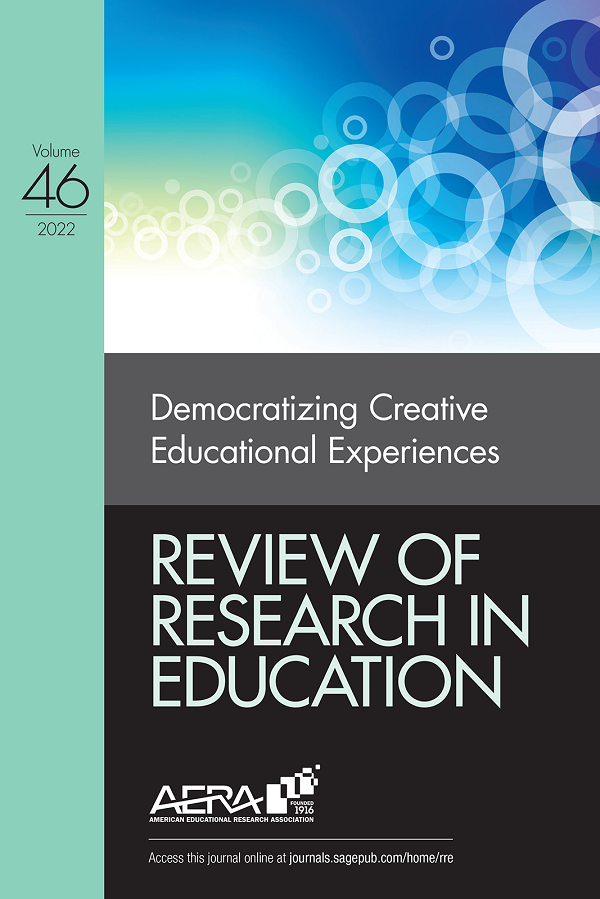社区学校教学:为深入学习创造条件
IF 2.4
1区 教育学
Q1 EDUCATION & EDUCATIONAL RESEARCH
引用次数: 18
摘要
社区学校战略呼吁教师、家庭和学校工作人员承担新的、更具挑战性的角色,共同解决现有的教育不平等问题。例如,加深家庭和社区对学校的参与,有助于将丰富的社区知识和经验融入课堂以及制定学校计划和决策。随着学校和社区利益相关者的共同努力,他们可以开发学习机会,并获得支持学生学习和发展的服务。社区学校特别适合利用研究支持的策略,如帮助学生更好地准备学习的综合支持、深化和扩展学习的实践和创新教学机会,以及提高教师满意度和忠诚度的可持续工作条件。教师和社区学校工作人员接受学习和社区之间的联系,确保学生和社区有机会获得丰富、富有挑战性和与文化相关的课程和教学法,同时获得资源和支持。这种对在社区学校教学意味着什么的扩展概念为研究人员提供了新的方法来研究和帮助推进这一领域以及更大的社区学校运动。本文章由计算机程序翻译,如有差异,请以英文原文为准。
Teaching in Community Schools: Creating Conditions for Deeper Learning
The community school strategy calls on teachers, families, and school staff to take on new and more challenging roles to collaboratively address existing educational inequities. For example, deepened family and community engagement in the schools can help incorporate the rich funds of community knowledge and experience, both in the classroom and in making plans and decisions about the school. As school and community stakeholders work together, they can develop learning opportunities and access to services that support student learning and development. Community schools are particularly well-positioned to take advantage of research-backed strategies like integrated supports that help students come to class more prepared to learn, hands-on and innovative teaching and learning opportunities to deepen and extend learning, and sustainable workplace conditions to promote teacher satisfaction and retention. Embracing the link between learning and community, teachers and community school staff ensure that students and communities have opportunities to access rich, challenging, and culturally relevant curriculum and pedagogy, while accessing resources and supports. This expanded conception of what it means to teach in a community school presents new ways for researchers to study and help advance the field as well as the larger community schools movement.
求助全文
通过发布文献求助,成功后即可免费获取论文全文。
去求助
来源期刊

Review of Research in Education
EDUCATION & EDUCATIONAL RESEARCH-
CiteScore
15.70
自引率
0.00%
发文量
14
期刊介绍:
Review of Research in Education (RRE), published annually since 1973 (approximately 416 pp./volume year), provides an overview and descriptive analysis of selected topics of relevant research literature through critical and synthesizing essays. Articles are usually solicited for specific RRE issues. There may also be calls for papers. RRE promotes discussion and controversy about research problems in addition to pulling together and summarizing the work in a field.
 求助内容:
求助内容: 应助结果提醒方式:
应助结果提醒方式:


